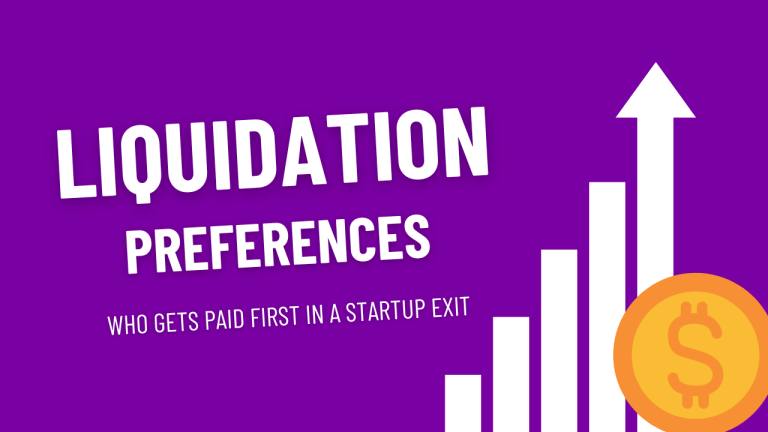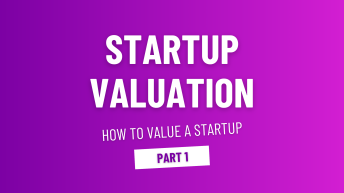As founders prepare to engage with venture capitalists (VCs) during advanced funding rounds, one critical aspect they must navigate is liquidation preferences. These preferences significantly impact the earnings a founder will realize when the company eventually exits. It’s crucial for every founder to grasp why VCs insist on including these rights in term sheets and how they influence various exit scenarios.
The Role of Liquidation Preferences
When a VC invests in a startup, they acquire a stake in the company. However, this investment doesn’t guarantee a return; a startup could become a unicorn and deliver high returns, or it might fail entirely. But what happens in those middle-ground scenarios—where success is limited, or returns are lower than anticipated? In such cases, VCs negotiate liquidation preferences to ensure they can recoup their investment, even when the exit is less than stellar.
An Example Scenario
Let’s consider a hypothetical startup in the e-commerce dark store sector, currently at the seed stage and preparing for a $2 million Series A round. To simplify our calculations, assume this investment will secure 50% ownership of the company from an investor.
Typical Exit Scenario
In a standard situation, if the startup exits after the funding round, the investor would receive half of the earnings from the exit or liquidation, while the remaining half would be distributed among all shareholders based on their respective ownership percentages.
Enter Liquidation Preferences
However, the investor negotiates to receive preferred stock with a 1x preference and uncapped participation. This means that in the event of a liquidation or a smaller exit, the investor will be first in line to recoup its $2 million investment before any other distributions are made.
Scenario 1: Exit at $2 Million
If another well-funded startup decides to acquire this startup for $2 million, the investor would receive the entire amount since their preference allows them to recover their investment first.
Scenario 2: Exit at $4 Million
If the acquisition price is higher, say $4 million, the investor would still take the initial $2 million. The remaining $2 million would then be distributed among all shareholders, including the investor, based on their ownership stakes. If the investor owns 50%, they would receive an additional $1 million, totaling $3 million.
Negotiating Non-Participating Terms
Now, let’s assume we advise you on this round, and we suggest negotiating for non-participating terms. In this case, the agreement would be 1x preference, non-participating.
Scenario 1: Exit at $2 Million
If the exit is again $2 million, the investor would receive all of it.
Scenario 2: Exit at $4 Million
However, if the exit is $4 million, the investor would still get their $2 million but would not participate in the distribution of the remaining funds. Therefore, only the other shareholders would receive that additional $2 million, resulting in the investor receiving $2 million instead of $3 million as in the previous scenario.
The Push for Participating Terms
After our negotiation, the investor counters with a new offer: 1x preference, participating with a 2x cap.
Scenario 1: Exit at $2 Million
Once again, if the exit is $2 million, the investor would take the full amount.
Scenario 2: Exit at $4 Million
If the exit is $4 million, they would still take their $2 million and would then participate in the distribution of the remaining $2 million according to their ownership stake, receiving an additional $1 million for a total of $3 million.
Scenario 3: Exit at $8 Million
In a more favorable exit, say $8 million, the investor would receive their $2 million from the preference and participate in distributions until they hit the $4 million cap (a 2x return). After reaching this cap, they would revert to non-participating status. So, they would get their $2 million and an additional $2 million from the remaining pool, totaling $4 million.
Conclusion: The Importance of Understanding Liquidation Preferences
It’s important to note that these detailed negotiations primarily come into play in lower-exit scenarios. In cases of significant exits, preferred stock often converts to common stock, allowing all shareholders to receive returns based on their ownership percentages without the complications of liquidation preferences.
Understanding liquidation preferences is vital for founders, as it can dramatically influence the returns they receive in various exit scenarios. Navigating these terms effectively can help ensure a fair outcome for all parties involved when the time for an exit arrives.
🚀 Ready to fuel your startup’s growth? Join multiples.cc today! Gain access to valuable tools, connect with investors, and get personalized support to help you succeed on your fundraising journey. Sign up now and take the next step toward securing the resources your startup needs to thrive!






Add comment